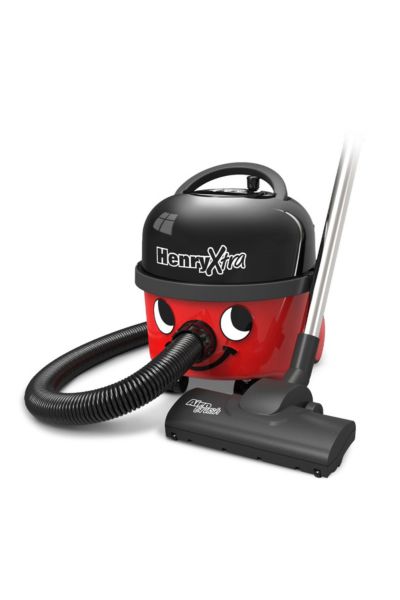How to vacuum – get a professional-grade clean with these expert tips
Think you know how to vacuum? Think again
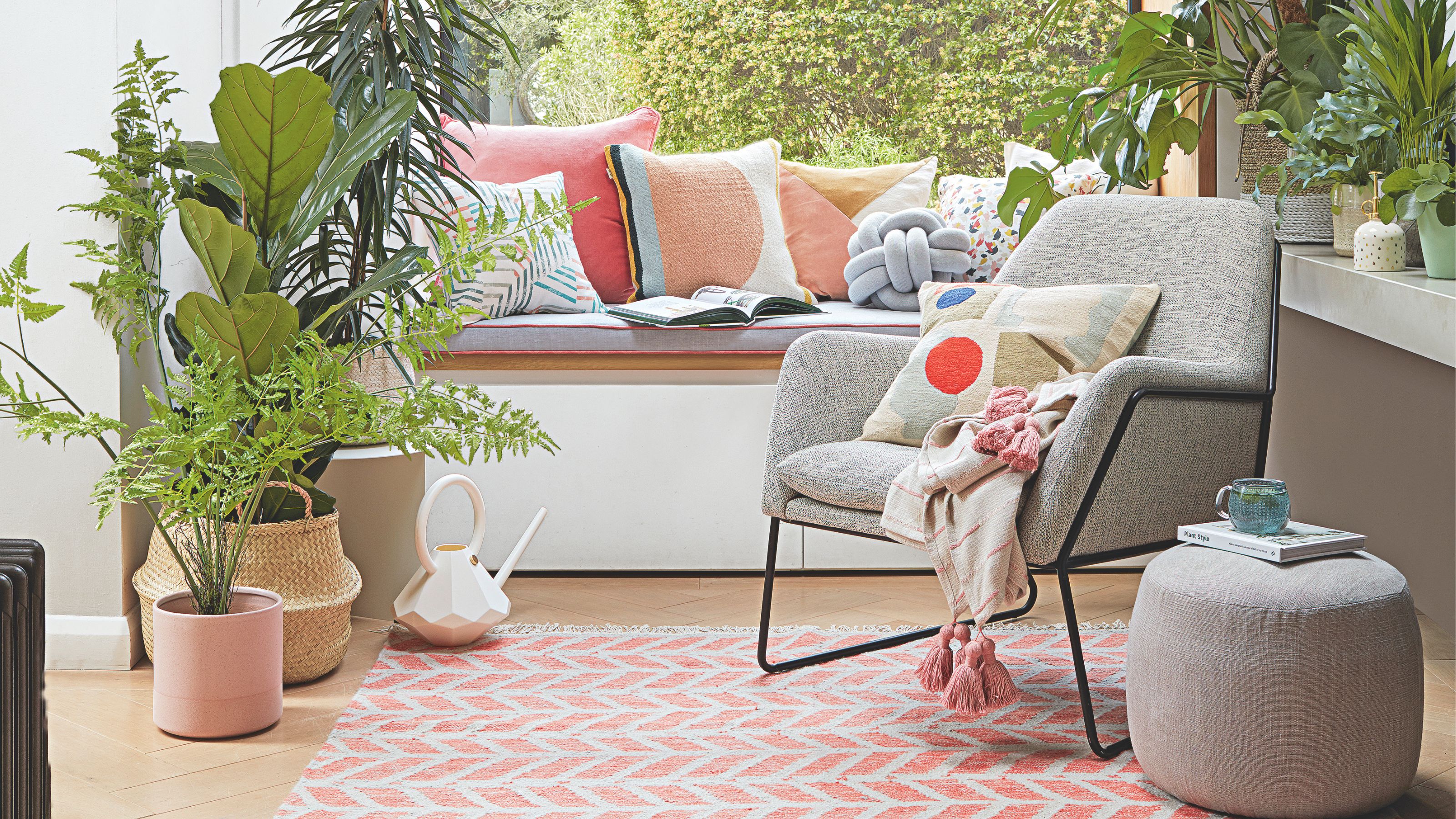

Everyone thinks they know how to vacuum. After all, you just whizz around your home with your machine and the job's done, right? But it turns out that there is a science behind vacuuming in a specific order to get the best results.
Now, we understand that vacuuming is yet another chore on the long list of tasks needed to keep our homes looking their best. That said, knowing how to vacuum correctly means you can get a better clean for your efforts, and maybe even reduce how long it takes you to tick this housework staple off your list.
In addition to spending countless hours putting dozens of the best vacuum cleaners through their paces to determine the best you can buy, we've also spoken to industry experts to get their take on how you can get a professional result when vacuuming, with as little effort as possible.
How do you vacuum properly?
While there's nothing wrong with whizzing round your home with a vacuum cleaner when you need to, if you want to achieve the deepest, most effective clean there is a specific approach you should take.
1. Choose the right vacuum
If you want to vacuum in the most efficient way possible, it all starts with have the right tools for the job. This could be down to weighing up if a cordless vacuum cleaner is worth it in your home, whether bagged vacuum cleaners are better, and making the right choice between a stick vacuum or an upright model.
Pro cleaner Polya Petrova from Fantastic Services says, 'Naturally, most people want their homes to be clean, but few know that the type of vacuum they use also matters for the final cleaning results and how effective it performs based on the type of flooring they have.
'That’s why it’s important to do research, know the types of vacuum cleaners, and choose one that fits your needs and living situation.'
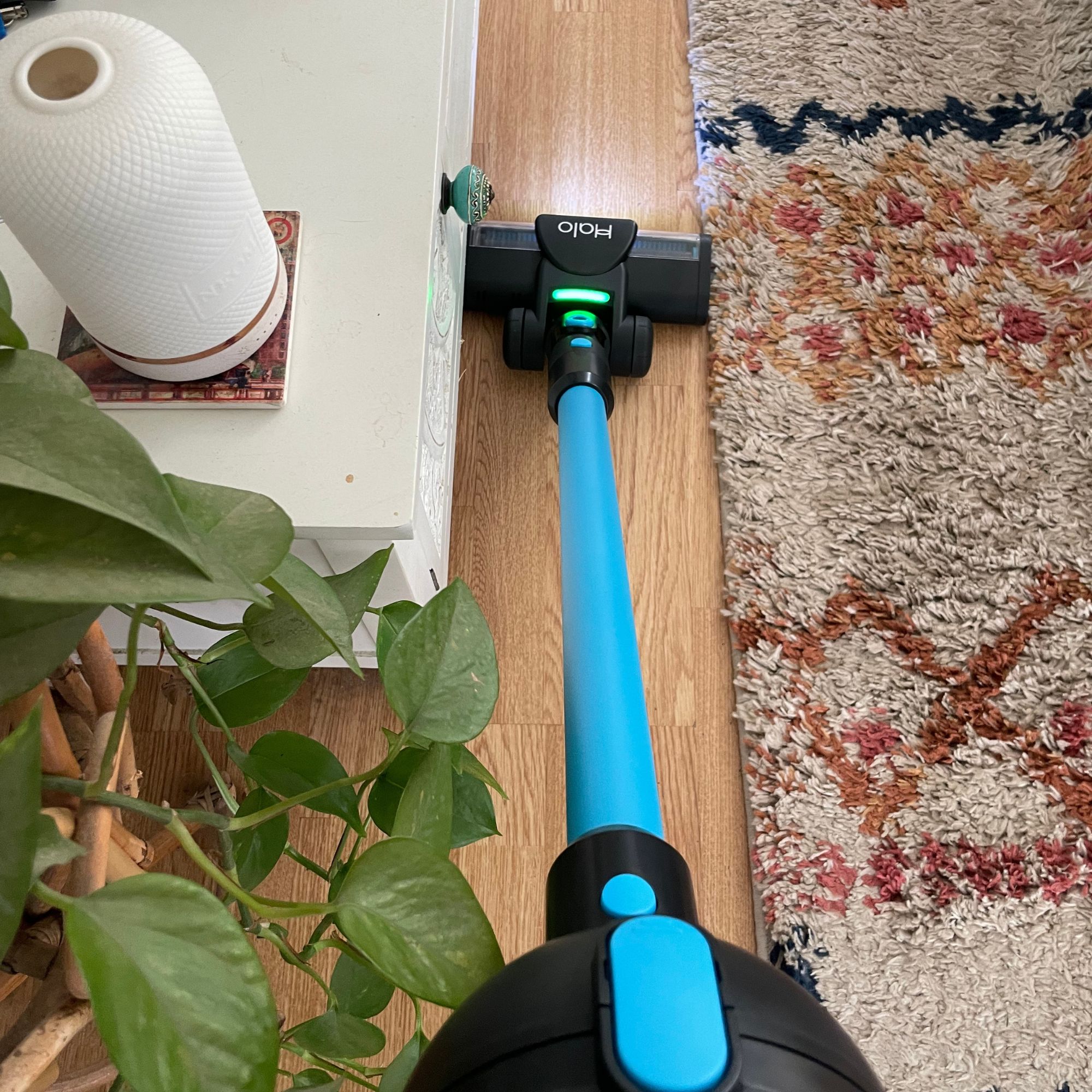
'For example, if you or someone in your household struggles with allergies or respiratory conditions, a bagless vacuum cleaner equipped with a HEPA filter will be more suitable for your situation because it’ll be the most effective at picking up and trapping allergens.'
Similarly, if you have a pet, choosing one of the best vacuum cleaners for pet hair is a really good idea.
Catrin Davies, senior product manager at SDA Hoover adds, ‘Look for models with anti-twist technology, which prevents hair from wrapping around the brush, saving time and hassle.’
If you're not sure where to start, these vacuums ranked highly in our in-house tests.
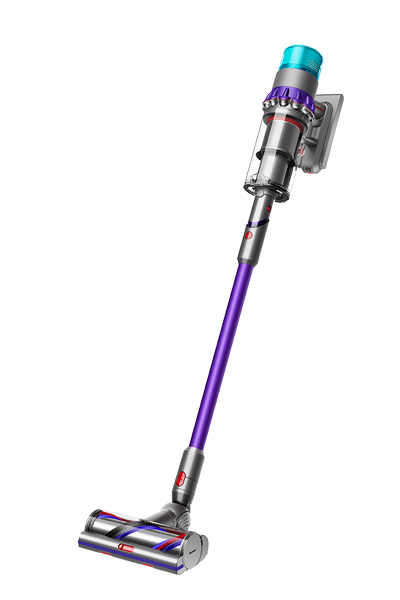
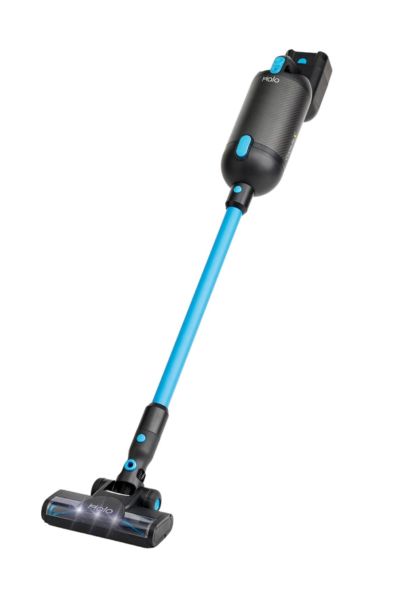
2. Do some prep before you start
Before you start with the vacuum cleaner, you should make sure to clear the floor of any debris that might cause damage to your machine. Keep your eyes peeled for the things you should never vacuum up, like jewellery, toy parts, hair grips, spilled liquids and any broken glass.
It's also a good idea to make sure your vacuum's dust bin is empty and, if you use of the best cordless vacuum cleaners, make sure it is sufficiently charged so you can complete your vacuuming before the battery runs out.
'A full dust bin will drain the power from your vacuum so make sure to empty it once it's at about 75% full to keep your vacuum operating at peak efficiency,' explains Nick Ee, product manager at BLACK+DECKER.
'If this is done, you’ll have consistent suction power and won’t need to go over the same spot twice. If your vacuum has a washable filter, give it a rinse every month or so to keep dust levels low.'
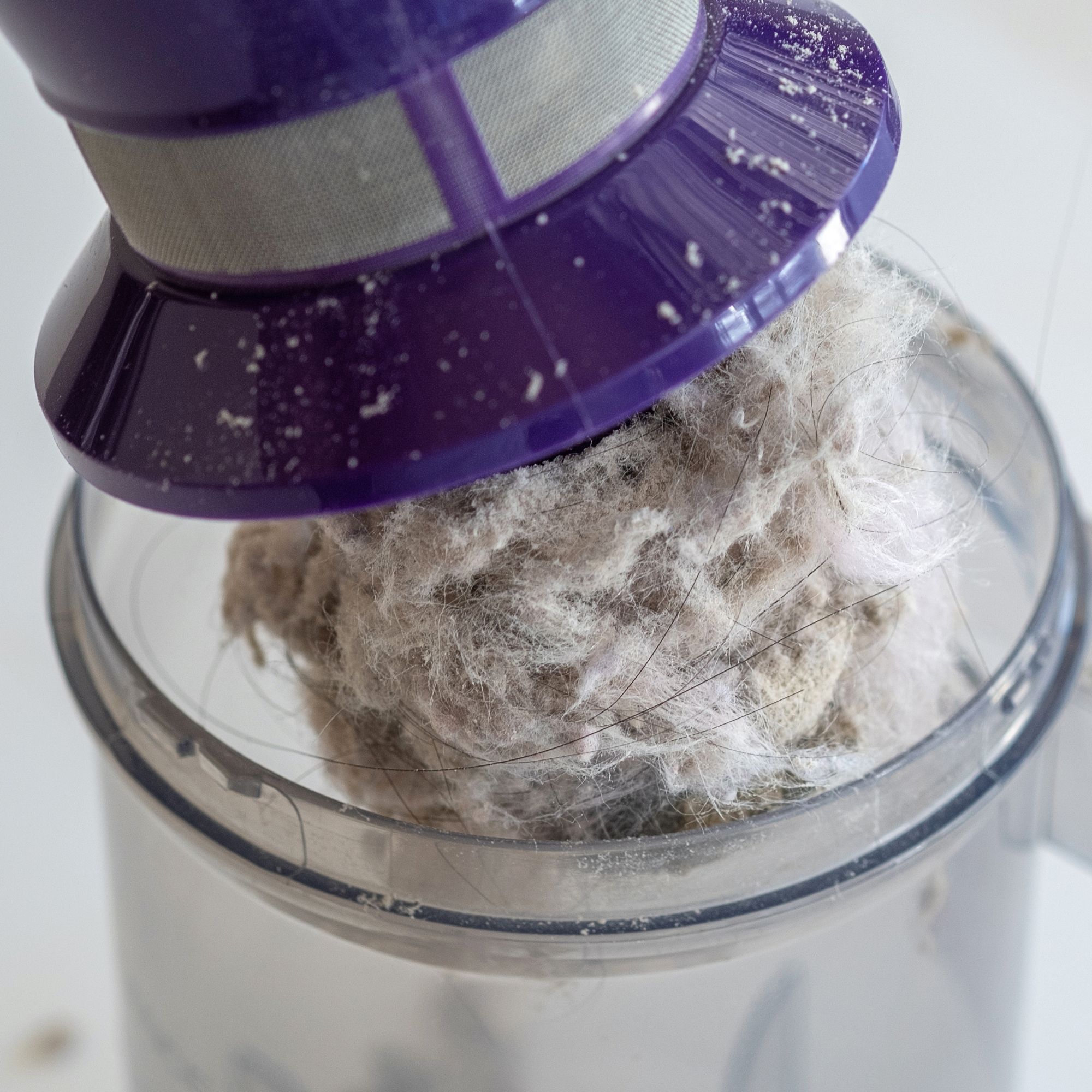
It's also worth swotting up on your machine's attachments and what each of your vacuum tools do as well as what tasks they are best suited to so you can power through the chore quickly and easily. If you have a vacuum cleaner for pet hair, you might even have a designated pet hair attachment.
Vacuuming should also be your final task after dusting, plumping sofa cushions and changing the bed so you can capture any dust of debris that gets thrown up.
3. Use a specific plug socket
If you use a corded vacuum cleaner and want to achieve a flawless professional finish after vacuuming rugs and carpets, then make sure you plug your device into the socket nearest the door of the room.
Then you can start your vacuuming in the opposite corner, working your way across the room back towards the door. That way, you're not walking over where you've just vacuumed. Understandably, this pristine finish only lasts for a short time, but it'll give you a satisfying dopamine hit that makes the effort worth it.
4. Choose the right power setting
Most vacuums have more than one power setting, so make use of them to get the best results with minimum effort when you vacuum.
For plush rugs and carpets, use the most powerful setting for the best dirt pick up. Short and medium pile carpets can be cleaned with the medium or auto setting, while you can use the lowest setting for bare floors.
If you notice your vacuum has lost suction, its worth checking for blockages and clogs to get it back to optimum levels again.
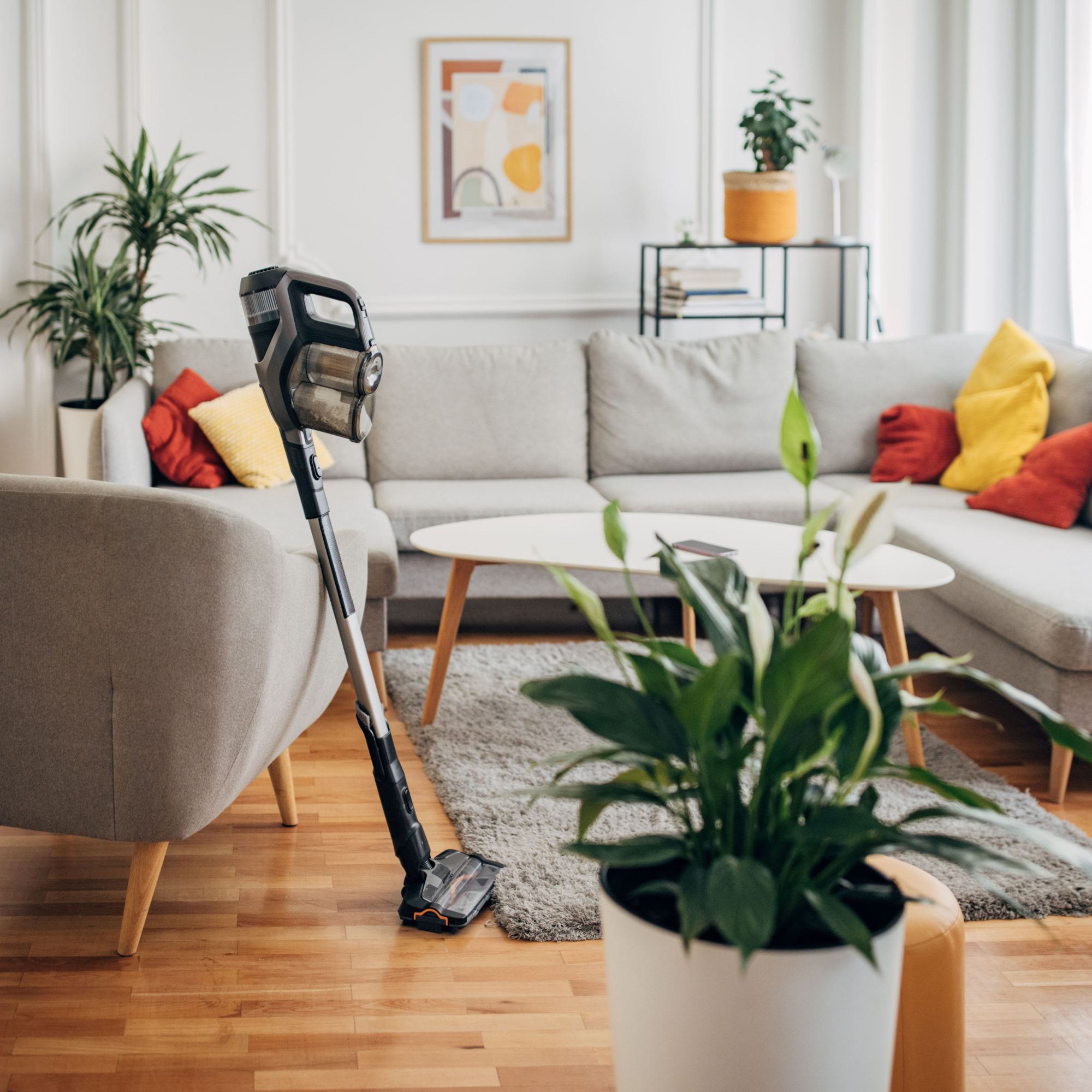
5. Work from the top down
It's a good idea to start with your attachments and start from the top of the room and work downwards.
Start with any cobwebs around your coving, then move on to lampshades, wall art frames, moving down to underneath your sofa seat cushions, working your way down to skirting boards and rugs, ending with your floors. This should mean you only have to vacuum each surface once. And let's face it, no-one wants to do more vacuuming than they need to.
It's also worth making note of the places people often forget to vacuum - while you might not tackle these on a weekly basis, you'll need to add them to your cleaning schedule occasionally to keep your home looking and feeling its best.
6. Vacuum in the right direction
When you're ready to vacuum your floor, whether it's a carpet or hard floor, there are vacuuming mistakes to avoid. 'Vacuuming best practice really depends on what type of floor you have,' says Paul Hambidge, managing director at Factory Direct Flooring. 'For example, if you have laminate, steer clear of rotating brushes or beater bars, which run the risk of scratching your floor. Instead, use attachments that are specifically designed for hard floors and crevice tools to clean between the grooves.'
One error that people often make, is trying to vacuum too quickly, and just going in one direction. This is completely understandable, after all, no-one wants to spend longer doing household chores than necessary. However, speeding through this task means you won't be getting the best clean. Try to vacuum in straight lines, overlapping on each pass as you cover the floor.
'When it comes to vacuuming, going with the pattern of the flooring is often overlooked when in a rush to get house chores done and dusted, this is especially important when vacuuming wooden floors with grooves,' adds Nick.
'Rushing over these in the wrong direction can mean you’re missing spots of dust and debris. When vacuuming carpets, I would also recommend slowing down, this will help the vacuum brush grab hold of dirt deeply embedded in the fibres, giving you a more thorough clean.'
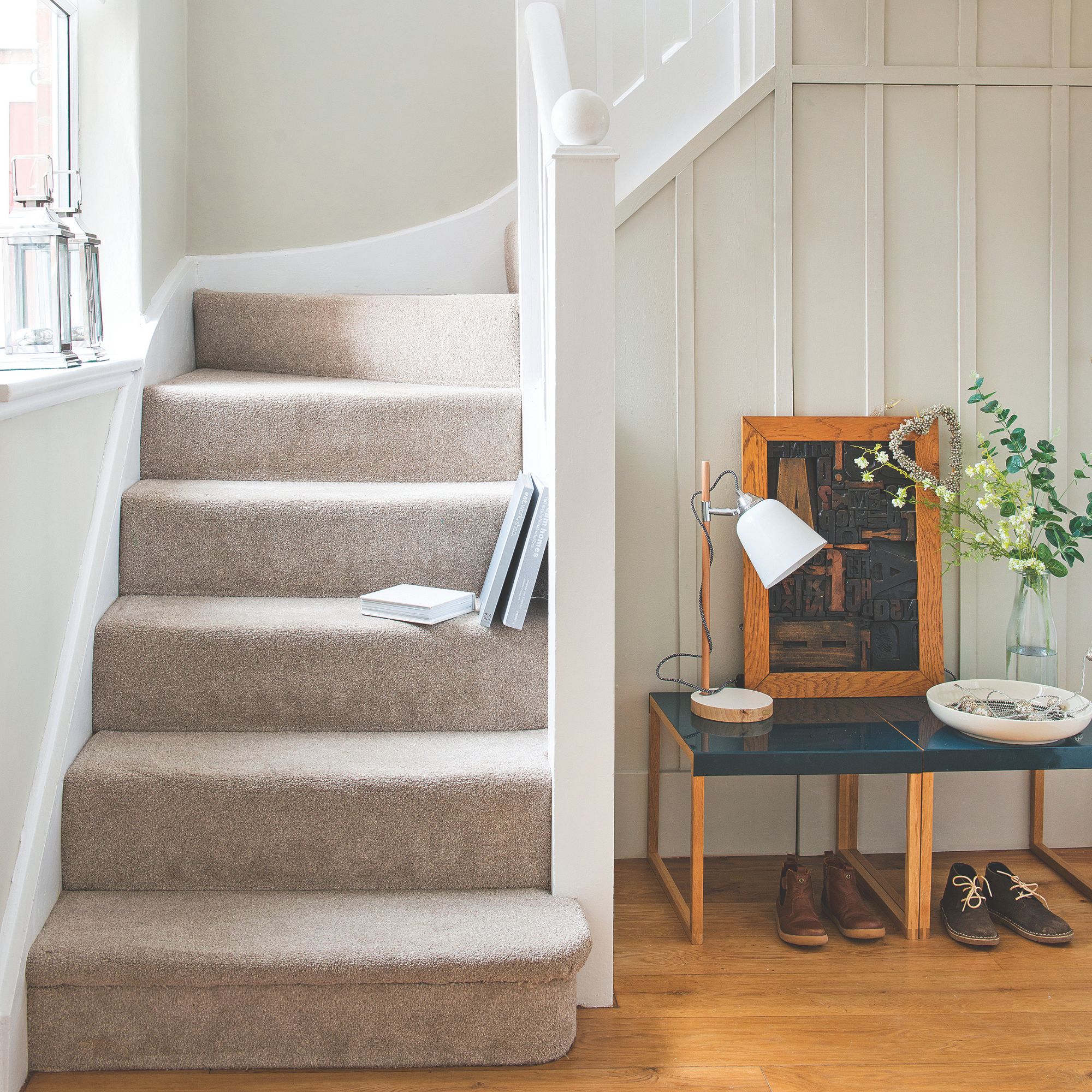
7. Know how to vacuum stairs
Stairs can be a pain to vacuum, especially if you don't have a cordless vacuum that can convert to a handheld model. But there is a way to tackle this part of your house to get professional results.
Pick up any large bits of debris so you don't clog up your machine. Then if you have pets (or long hair) pop on a pair of rubber gloves, wet them and run your hands over each stair. This is a great hack to grab any hair before you vacuum.
You can then use the crevice tool attachment to vacuum the edges and corners (don't forget tops of skirting boards banisters and behind handrails). Once that's done, switch back to the main head attachment, and start from the top of the stairs working downwards, vacuuming each step and riser as you go.
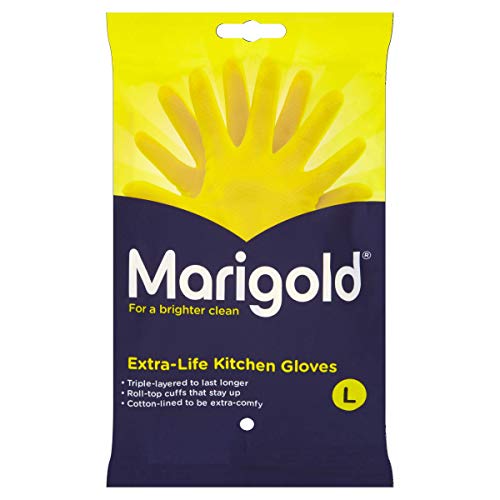
You might not immediately think of getting your marigolds out before vacuuming your stairs, but using them can mean you get a really effective clean, and avoid clogging up your vacuum with hair unnecessarily.
8. Understand how to vacuum rugs
You should always vacuum a rug before you vacuum the flooring underneath, otherwise you risk spreading more dust over where you have just cleaned.
If you can, it's a good idea to take your rug outside and beat it over a washing line or garden chair to get the worst of the debris off it before bringing it back inside to be vacuumed.
It's always worth checking the care instructions of your specific rug first to make sure you use the right attachments, power setting and technique. But in most cases, you should be able to use your vacuum to run over the rug's surface, using your feet to keep the rug as flat as possible.
It's best to avoid vacuuming over any delicate trimmings - you could cause damage to both the rug and the vacuum cleaner if any bits come loose and get caught in the machine.

9. Keep on top of vacuum maintenance
Part of knowing how to vacuum correctly is knowing how to keep your vacuum cleaner in tip-top shape. This could be anything from unclogging a vacuum hose, cleaning the filter (follow our guides for cleaning a Dyson filter or a Shark filter), investigating why your vacuum cleaner smells, or making sure there is no hair wrapped around the brush head attachment.
'The best way to prevent dirt and bacteria from building up in your vacuum cleaner is by emptying the container, and cleaning or replacing the filter after each use, depending on the type of vacuum you have,' advises Paul.
'Reusable filters can usually be cleaned out by rinsing it in water, but make sure to check your specific appliance's manual first. If you regularly empty the container and change the filter, and dirt or smells are still lingering, try cleaning the bristles or even the inside of your vacuum's hose.'
Keeping up with regular maintenance not only means a more effective clean, but also that your machine will last longer. However, if you start seeing signs to replace your vacuum cleaner, you may have to resort to buying a new one if you can't get it fixed.
10. Know when vacuuming is not enough
For really stubborn stains, you might find you need to weigh up benefits of a carpet cleaner vs a vacuum cleaner to see which is best. For hard floors, it might be more of a toss up between vacuuming and mopping (or a combination of both) to get a spotless clean.
Our best carpet cleaners guide can help you choose the right cleaner for your home, lifestyle and budget.
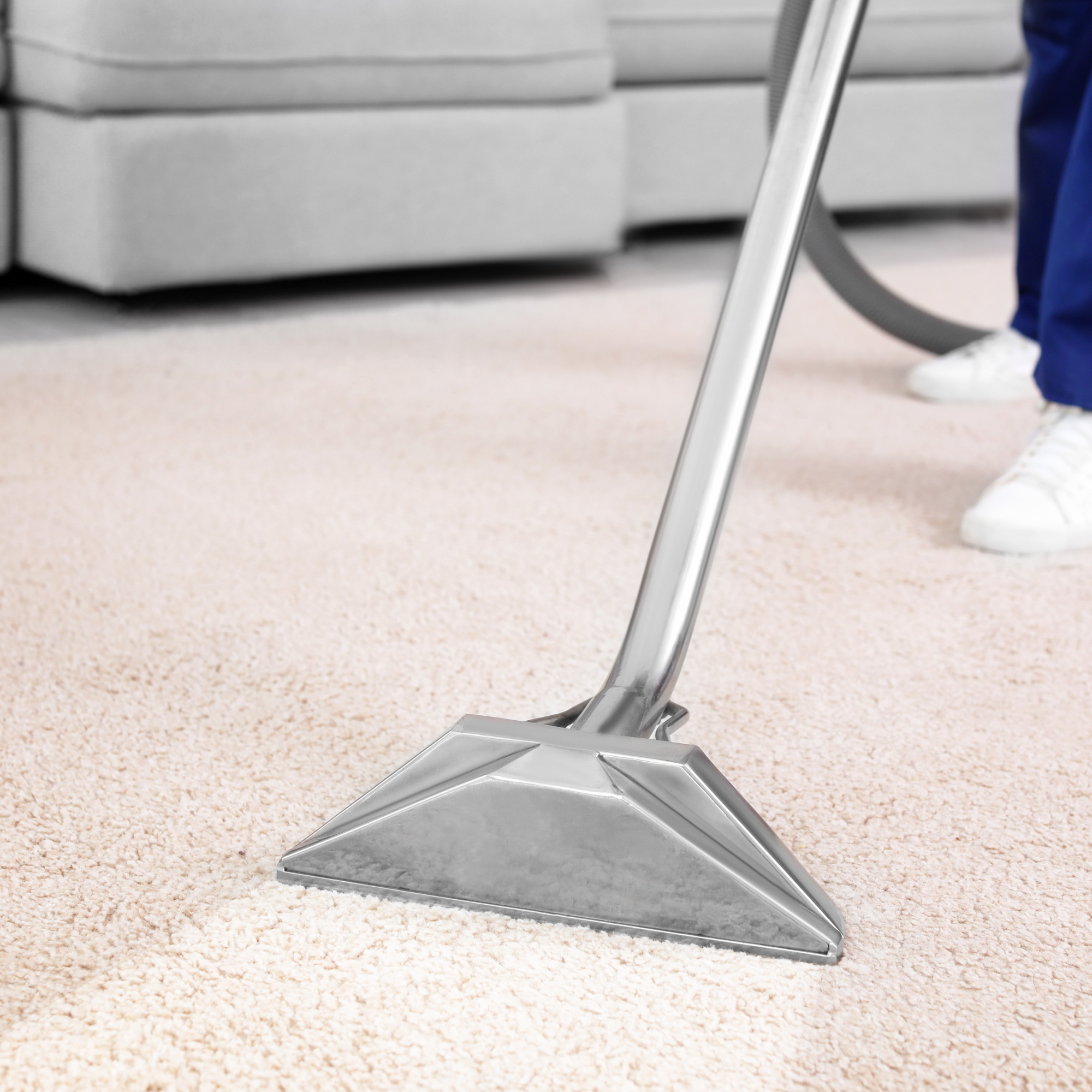
FAQs
Is there a wrong way to vacuum?
There's not necessarily a wrong way to vacuum - after all, if you run a vacuum over the floor and you end up with dust or debris in the dustbin, then you're doing something right. But it may be that the time you are spending vacuuming isn't as effective as it could be.
That means you could be spending longer on this chore than you need to, having to do it more often, and all while only achieving sub-optimal results.
How often should you vacuum?
Once you've nailed how to vacuum for a professional finish, the question becomes how often you should do it.
Ultimately, there is no set rule, and it will depend on the needs of your home and the types of flooring you have. But to keep your home looking it's best, high traffic carpeted areas will benefit from vacuuming every couple of days (so two to three times a week). If you have small children or pets, you might want to do it more often or as required. For carpeted areas with less traffic, like bedrooms, a decent weekly vacuum should be enough.
When it comes to hard floors, which tend to trap less dust than carpets, a weekly vacuum should be enough, although you'll want to follow up with one of the best mops too.
Get the Ideal Home Newsletter
Sign up to our newsletter for style and decor inspiration, house makeovers, project advice and more.

Sarah Handley has been Ideal Home’s Section Editor for Renovation since September 2024, following three years of looking after the site's home finance content. She has been a journalist since 2007 and has worked for a range of titles including Homebuilding & Renovating, Real Homes, GoodtoKnow, The Money Edit and more.
-
 Will a conservatory add value to your home and how can you maximise it?
Will a conservatory add value to your home and how can you maximise it?This is what the pros say
By Amy Reeves
-
 I’ve been looking for a new signature scent for my home and The White Company's new fragrance is the exact summer holiday smell I needed
I’ve been looking for a new signature scent for my home and The White Company's new fragrance is the exact summer holiday smell I neededSantorini smells fresh, summery and sophisticated
By Kezia Reynolds
-
 How to remove algae from garden walls in five steps – and the cleaning product experts rave about for tackling it fast
How to remove algae from garden walls in five steps – and the cleaning product experts rave about for tackling it fastExperts share their top tips for getting garden walls algae-free
By Katie Sims
-
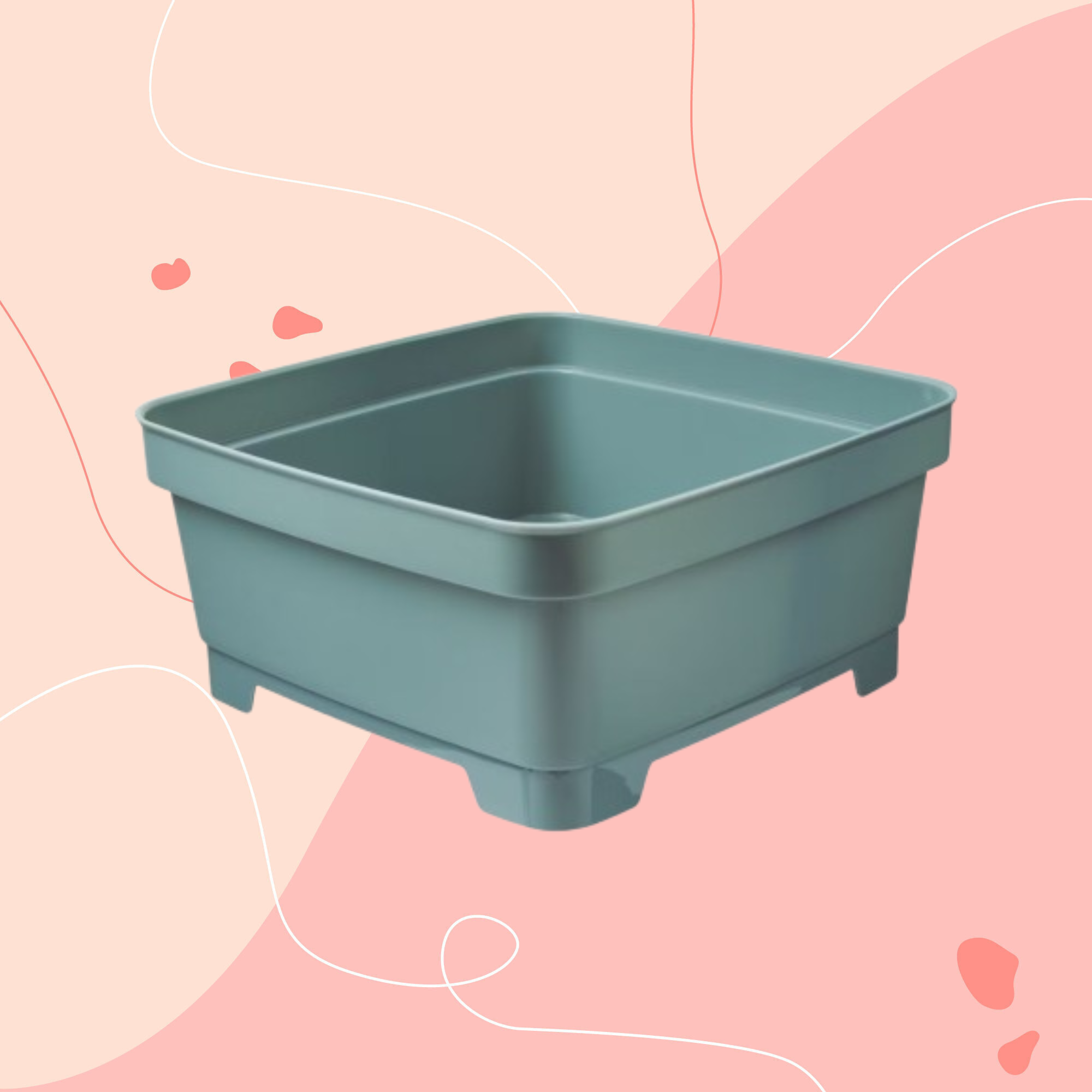 Aldi is releasing a budget alternative to the cult Joseph Joseph washing up bowl – it’s just £4.99
Aldi is releasing a budget alternative to the cult Joseph Joseph washing up bowl – it’s just £4.99The Joseph Joseph washing up bowl is an Ideal Home favourite - now we can't wait to try Aldi's alternative
By Kezia Reynolds
-
 I just bought my first home, and this £10 buy was the very first thing I bought for it to make it feel warmer and secure
I just bought my first home, and this £10 buy was the very first thing I bought for it to make it feel warmer and secureIf I did it all again, this would still be my very first buy
By Rebecca Knight
-
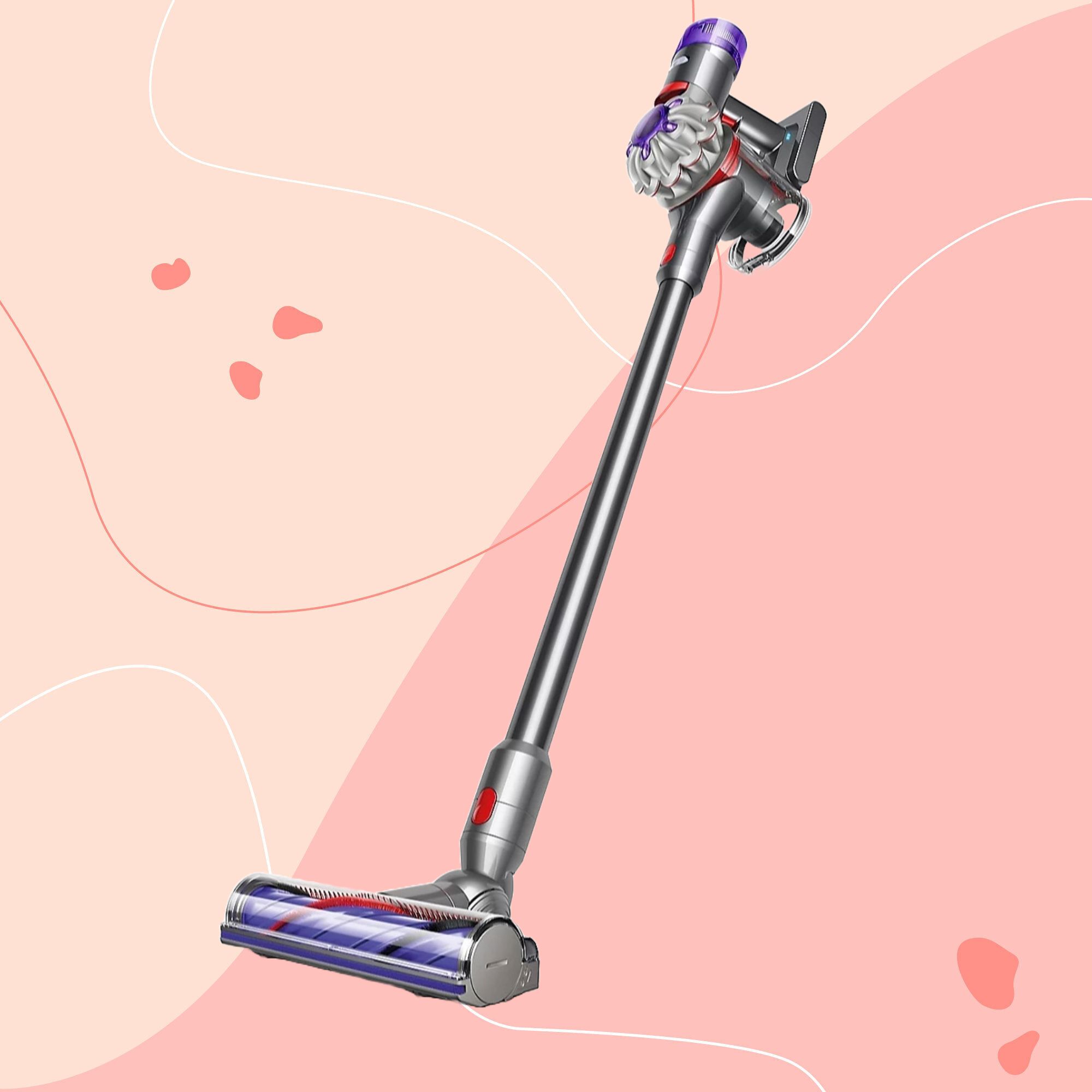 It’s normally impossible to find a Dyson vacuum for under £250 — but QVC has slashed the price of their bestselling models for a limited time
It’s normally impossible to find a Dyson vacuum for under £250 — but QVC has slashed the price of their bestselling models for a limited timeRun don’t walk to pick up the brand’s bestselling model for under £230 before it sells out
By Lauren Bradbury
-
 Catherine Zeta-Jones has revealed the cleaning product she swears by to keep her home fresh - and it’s just £8 on Amazon
Catherine Zeta-Jones has revealed the cleaning product she swears by to keep her home fresh - and it’s just £8 on Amazon'I use it on my counters. I use it on my walls. I use it on my doors. When I smell it, I know my house is clean.'
By Kezia Reynolds
-
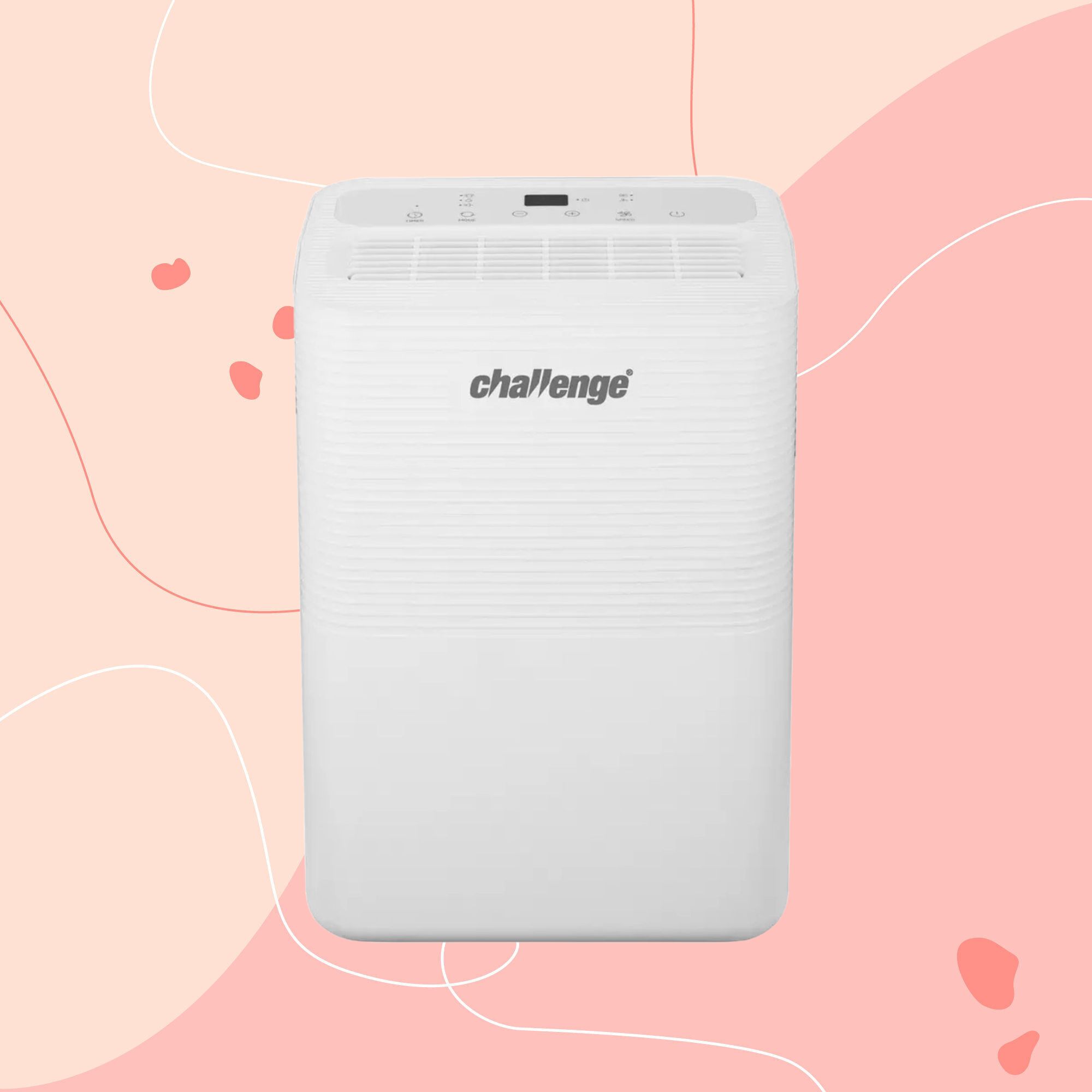 I tested the 12L Challenge dehumidifier in my damp Victorian home over winter — I haven’t spotted any signs of mould for the first time in five years
I tested the 12L Challenge dehumidifier in my damp Victorian home over winter — I haven’t spotted any signs of mould for the first time in five yearsThe Challenge 12L dehumidifier doesn’t have too many bells and whistles, but I can already see the difference it’s made to my damp home
By Lauren Bradbury
-
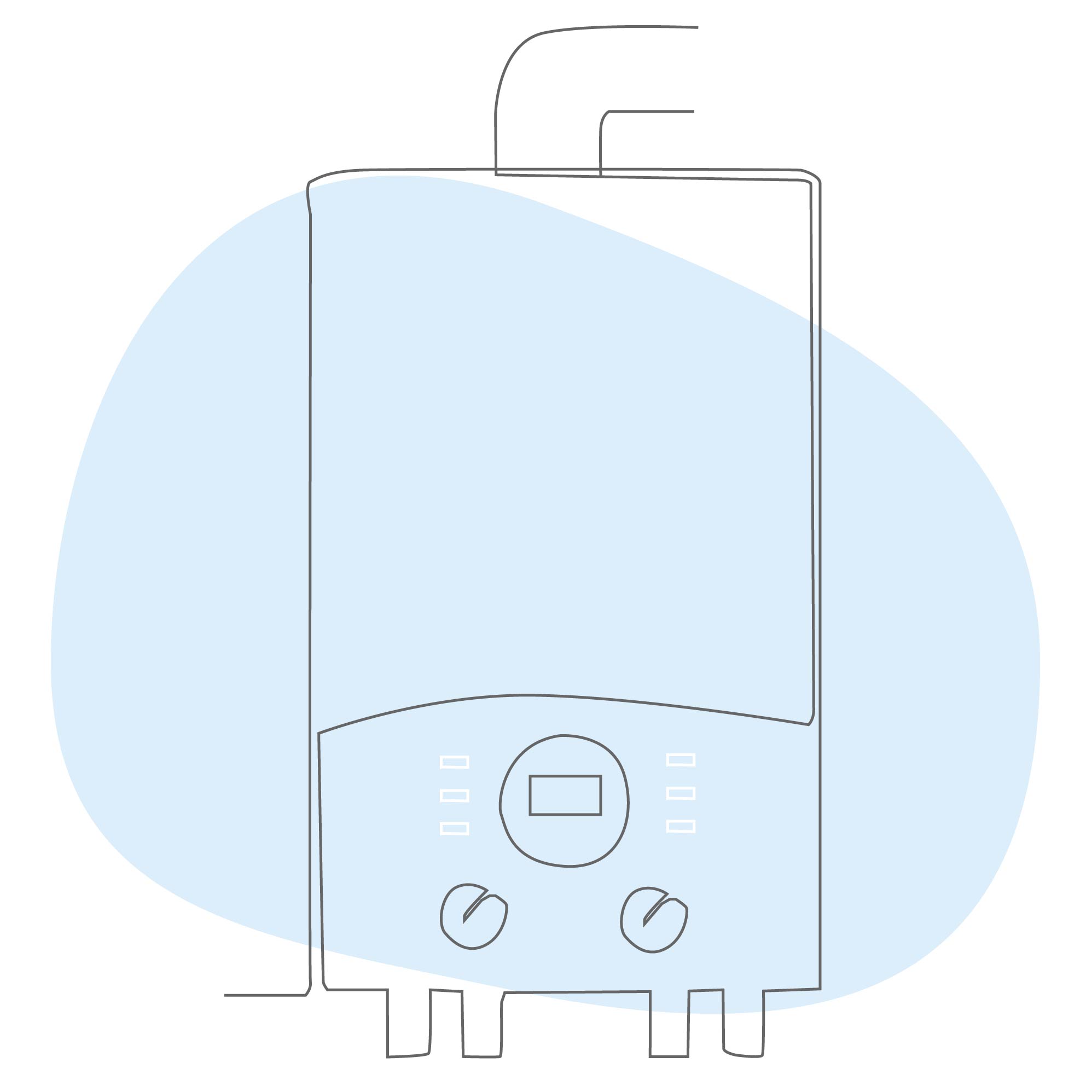 What is boiler flow temperature? Heating experts urge you to check yours now as you could be overpaying on your energy bills
What is boiler flow temperature? Heating experts urge you to check yours now as you could be overpaying on your energy billsTurning this little-known number down just a few degrees can result in some serious savings
By Lauren Bradbury
-
 Stacey Solomon has shared 5 nifty wardrobe storage hacks to make getting ready in the morning easier — and they're genius
Stacey Solomon has shared 5 nifty wardrobe storage hacks to make getting ready in the morning easier — and they're geniusThese five wardrobe storage hacks are a gamechanger
By Katie Sims
-
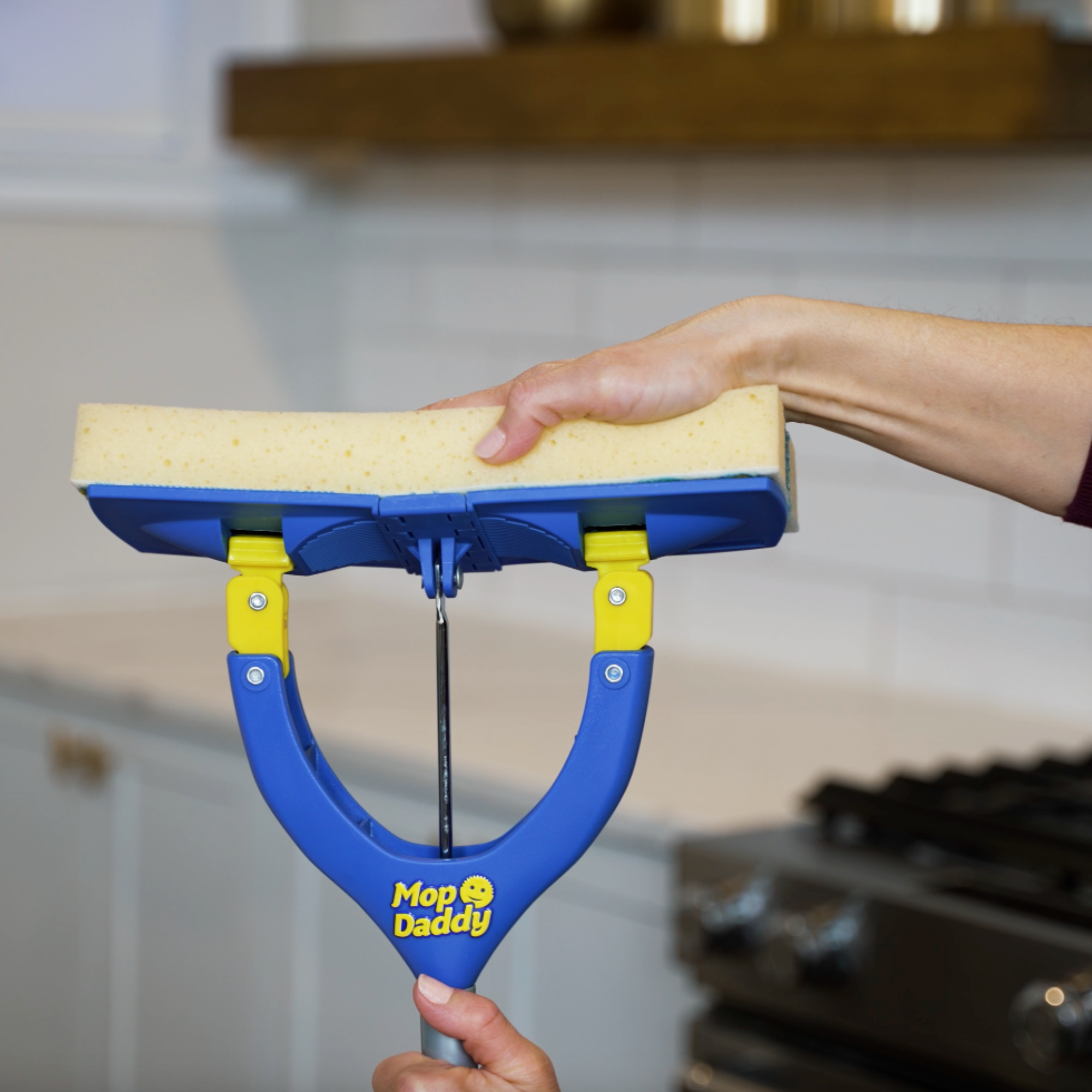 Cult cleaning brand Scrub Daddy has just launched a brand new butterfly mop — could it be the ultimate solution for banishing stubborn marks on your floor?
Cult cleaning brand Scrub Daddy has just launched a brand new butterfly mop — could it be the ultimate solution for banishing stubborn marks on your floor?We're obsessed with all things Scrub Daddy
By Kezia Reynolds
